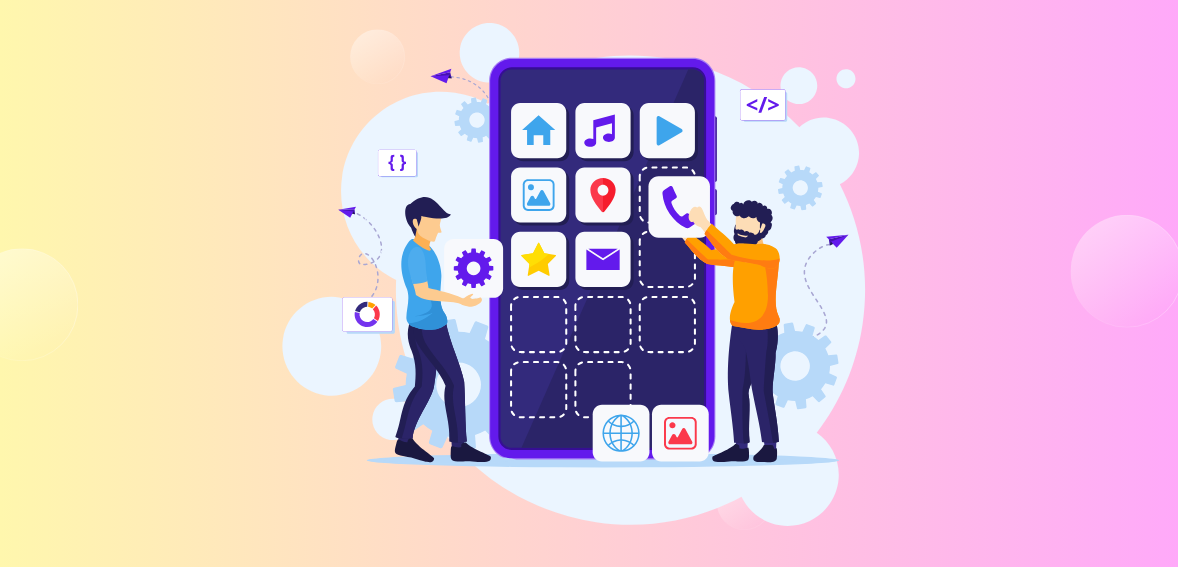Web design and development are crucial elements of any website, and they play a significant role in determining the success of a website. To increase traffic to your website, it is essential to follow the best practices of web design and development. In this article, we will discuss seven web design and development best practices that can help you increase traffic to your website.
nnnnResponsive Design
nnnnResponsive design is a technique that allows a website to adapt to the screen size of the device it is being viewed on. This means that the layout and design of a website will adjust depending on whether it is being viewed on a desktop, tablet, or mobile device.
nnnnOne of the key elements of responsive design is the use of flexible grids and layouts. These grids and layouts are designed to adjust to the size of the screen they are being viewed on, ensuring that the website is easy to read and navigate regardless of the device it is being viewed on.
nnnnResponsive design also includes the use of flexible images and media. This means that images and other media will adjust to the size of the screen they are being viewed on, ensuring that they are always displayed at the optimal size.
nnnnAdditionally, responsive design often involves the use of CSS media queries. Media queries are used to apply different CSS styles depending on the screen size of the device the website is being viewed on. This allows for more precise control over the layout and design of a website, ensuring that it looks great on all devices.
nnnnBy implementing responsive design, website owners can ensure that their website is accessible to all users regardless of the device they are using. This not only improves the user experience, but it also increases the chances of the website being found by more users, leading to an increase in traffic.
nnnnOptimize for Search Engines
nnnnSearch engine optimization (SEO) is the process of optimizing a website to rank higher in search engine results. This includes a wide range of techniques and strategies that aim to improve the visibility and ranking of a website in search engine results pages (SERP).
nnnnOne of the key elements of SEO is the use of relevant keywords. These are the words and phrases that users are searching for when they use search engines. By including these keywords in the content and meta tags of a website, it becomes more likely that the website will rank higher in search engine results for those keywords.
nnnnAnother important aspect of SEO is creating high-quality content. Search engines place a high value on websites that provide valuable and useful information to users. By creating informative and engaging content, website owners can increase the chances that their website will be found by more users, leading to an increase in traffic.
nnnnSEO also involves optimizing website’s meta tags and alt tags. Meta tags provide information about a webpage to search engines and users, such as the page title and description that appears in the SERP. Alt tags are used to describe images, and it is important for SEO because it helps search engines understand the context and content of the images on a website.
nnnnIn addition to these on-page optimization techniques, off-page optimization techniques such as link building can also play a significant role in SEO. Link building is the process of acquiring links to a website from other websites. Search engines use these links as a way to determine the authority and credibility of a website. The more high-quality links a website has pointing to it, the more likely it is to rank higher in search engine results.
nnnnTo increase traffic to your website, it is essential to optimize your website for search engines. By using relevant keywords, creating high-quality content, optimizing meta tags and alt tags, and building high-quality links, website owners can increase the chances of their website being found by more users, leading to an increase in traffic.
nnnnUse High-Quality Images
nnnnImages are an essential element of web design, and they can have a significant impact on the success of a website. To increase traffic to your website, it is essential to use high-quality images that are relevant to the content of your website.
nnnnHigh-quality images are those that are well-composed, in-focus, and of a high resolution. These images will make your website more visually appealing and will make it more likely that users will stay on your website for longer. High-quality images also give a professional and aesthetic look to the website.
nnnnUsing images that are relevant to the content of your website is also important. Relevant images will help to convey the message of your website, and they will make it more likely that users will stay on your website for longer. Users are more likely to engage and interact with a website that includes images that are relevant to their interests.
nnnnAdditionally, it’s important to use images that are optimized for web. This means that the images should be compressed to reduce their file size without sacrificing quality. This will ensure that the images load quickly on the website, which will improve the user experience and reduce the bounce rate.
nnnnUsing alt tags for images is also important for SEO and Accessibility. Alt tags provide a text alternative for images and is used by search engines to understand the context and content of the images on a website, it also provides useful information to visually impaired users which makes it more accessible.
nnnnUse a Content Management System (CMS)
nnnnA content management system (CMS) is a software application that allows users to create, manage, and publish content on a website. These systems provide a user-friendly interface that makes it easy for users to add, edit, and delete content on a website without needing extensive technical knowledge.
nnnnOne of the key benefits of using a CMS is that it allows website owners to easily update and maintain their website. Without a CMS, updating a website would typically require the help of a web developer. With a CMS, website owners can make updates to their website on their own, which can save time and money.
nnnnAdditionally, a CMS can make it easier for users to create high-quality content. Many CMSs include tools for creating and formatting text, images, and other types of media. This makes it easier for users to create engaging and informative content that is useful to visitors.
nnnnAnother benefit of using a CMS is that it can help improve the SEO of a website. Many CMSs include tools for optimizing content for search engines, such as the ability to add meta tags and alt tags. This can help increase the chances of a website being found by more users, leading to an increase in traffic.
nnnnA CMS also provides a way to manage and organize the content of a website. It allows website owners to categorize and tag the content, making it easy to find and retrieve. It also allows the team to work collaboratively on the content, and with the help of version control, it makes it easy to revert to a previous version if needed.
nnnnn



